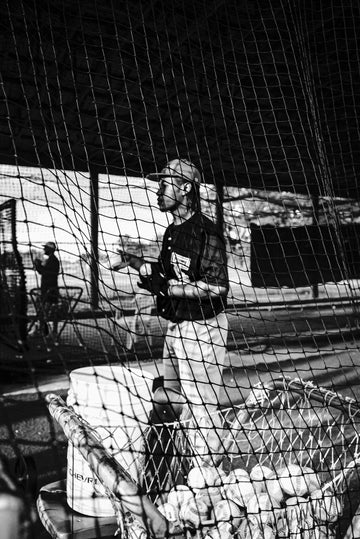Navigating NCAA Division II Eligibility: A Comprehensive Guide
by Keith Glasser on Jan 09, 2024
Continuing with our January blog series we will break down the eligibility at the NCAA Division II level. It comes with its own unique set of criteria, distinct from its Division I counterpart. In this exploration, we unravel the specifics that student-athletes need to navigate successfully:
1. Test Score Flexibility: One notable departure from Division I regulations is the flexibility regarding standardized test scores. Unlike Division I, Division II does not impose a mandatory submission of SAT or ACT scores for eligibility. However, aspiring athletes should remain vigilant, as individual colleges within Division II may still require these scores as part of the admission process.
2. Key Eligibility Criteria: For those aspiring to be classified as a qualifier for Division II, meeting specific criteria is imperative. To achieve this status, prospective student-athletes must:
- Complete a total of 16 core credits during their high school years.
- Maintain a minimum GPA of 2.2 in these core courses.
Meeting these academic benchmarks is fundamental to obtaining eligibility status within Division II.
3. Transcript Submission: Similar to the procedure in Division I, the submission of the final and official high school transcript to the NCAA Eligibility Center remains a critical step. This step is indispensable in ensuring the athlete's eligibility certification within Division II.
4. Partial Qualification: In scenarios where the Division II qualifying standards aren't fully met, there exists an alternative – partial qualification. Under this status, athletes are permitted to practice with their teams and receive scholarship funds. However, they are ineligible to compete during their first year on campus. It serves as a valuable opportunity for athletes to stay engaged with their sport while continuing to work towards full eligibility.
Understanding these nuanced Division II requirements is indispensable for those embarking on their college baseball journey. By aligning with these standards, student-athletes not only pave the way for active participation in practice and competition but also open doors to potential scholarship opportunities. The Division II landscape offers a unique pathway, and comprehending the eligibility intricacies is a crucial step toward a successful collegiate sports career.





